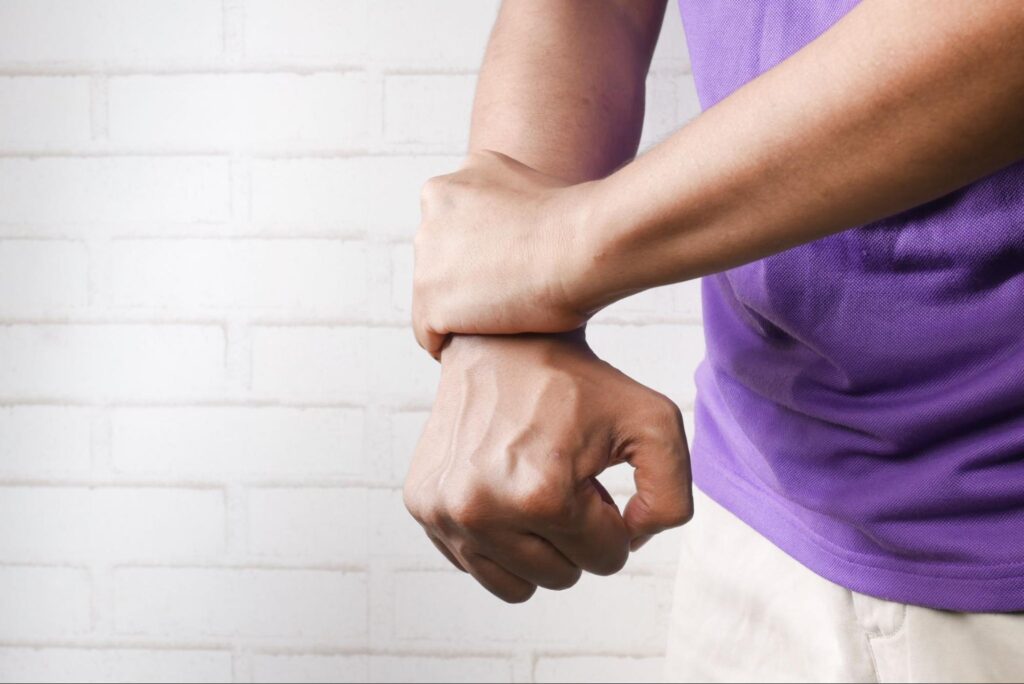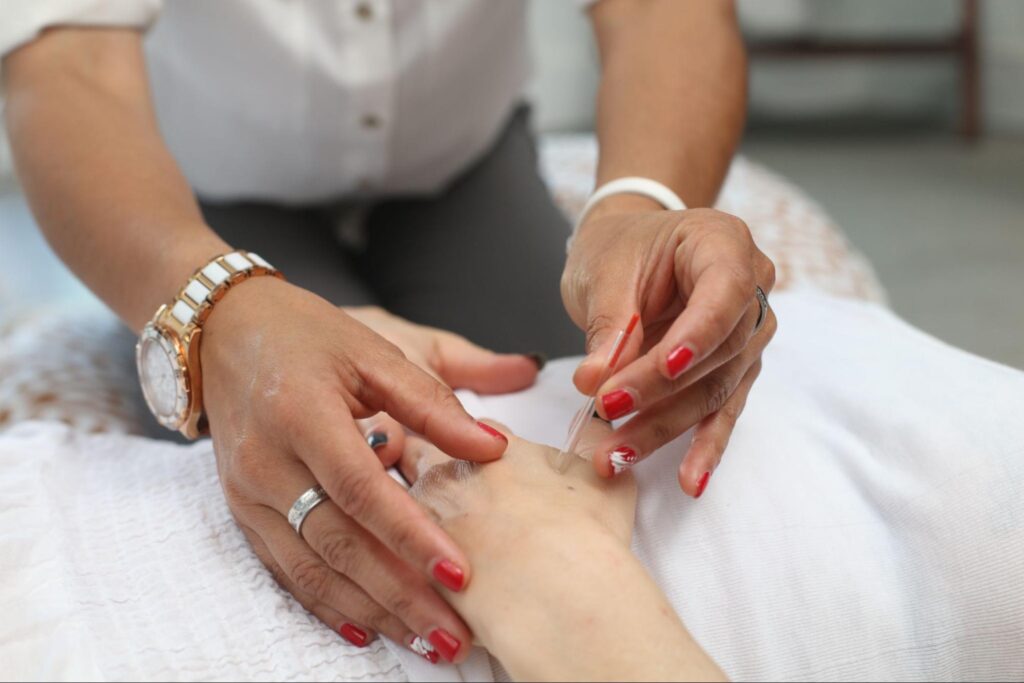Pain With Changing Seasons
Many who suffer from chronic pain have their symptoms worsen with a change in weather. Damp, humid, and cold weather can trigger joint and muscle pain. This can be frustrating, uncomfortable, and debilitating when all you want is relief so you can enjoy the season.
How Changes in Weather Impacts Joints

(Photo: Photo by Towfiqu barbhuiya on Unsplash)
Joint points, such as hips, elbows, wrists and knees, contain synovial fluid that provides lubrication for joints to move freely. Just like other liquids, temperature impacts the viscosity of the fluid. Temperature and humidity can result in the thickness and movement of the fluid. With warmer weather, the fluid becomes inflamed, causing pressure and stiffness in the movement of the joint, leading to pain. A change in barometric pressure can lead to joint pain thereby limiting mobility. Warm temperatures cause cartilage and ligaments to expand and the body loses water through sweat, causing a reduction of the synovial fluid. The wear and tear of the joints can also decrease the fluid that can cause exposed nerves to be triggered.
Chronic Pain and Damp Weather

(Photo: Photo by reza shayestehpour on Unsplash)
People suffering from rheumatoid arthritis, a chronic inflammatory condition, are more acute to feel joint pains when seasons change. Seasonal flares trigger an increase in physical discomfort during a change in air pressure and temperature.
Damp weather causes atmospheric pressure to drop and when this occurs, soft tissues in the joints swell. The fluid then contracts and expands, placing pain in the joints, impacting muscles, nerves and ligaments. This can be extremely uncomfortable.
Many can “feel in their bones” when damp and rainy weather is on the way and, as a result, they limit movement which can further stiffen joints. Remember, it is important to stay active and to stay hydrated to keep joints lubricated and loose.
Chronic Pain and Heat

(Photo: Photo by Dakota Roos on Unsplash)
On the flip side of damp, cold, rainy weather is beautifully warm and sunny weather. However, this type of weather also contributes to joint pain and discomfort. For some, it’s not the cold weather that triggers joint pain, but the warm weather. Joint and muscle pain such as arthritis, fibromyalgia, headaches and migraine become worse during the warmer seasons.
Many people with fibromyalgia are temperature sensitive, which is a response to changes in body temperatures. This can lead to muscle aches and fatigue due to a fluctuation in temperatures.
With extreme temperatures in the summer, people become dehydrated through excessive sweat, which can trigger tension headaches and migraines. Dehydration can also cause muscle cramps, heat exhaustion and muscle spasms. It is extremely important to keep hydrated during the warm season.
How to Deal with Chronic Pain During a Change of Seasons

(Photo by Towfiqu barbhuiya on Unsplash)
While we can’t control the weather, we can control how it impacts joint pain. There are many ways to help prevent or lessen the discomfort of chronic aches and pain when the season changes:
- Remain active: The best way to keep joints mobile is to stay active. Living in a colder geographical area, such as Canada, we must take advantage of the warmer months. Keeping active by biking, swimming, hiking, playing tennis, gardening or taking a nice evening walk are great ways to keep joints moving. Skiing, skating, ice fishing, and sledding are some examples to remain active during the winter season.
- Eating a well balanced diet: Foods that are high in Omega-3 fatty acids (eggs, flaxseeds, fish), foods high in vitamin D, fruits and vegetables and keep well hydrated.
- Massage Therapy provides relief from chronic pain and alleviates any joint discomfort.

- Acupuncture, a key to Traditional Chinese Medicine, can help treat chronic pain such as arthritis, joint tissues, headaches, and migraines.

- Herbal Therapy contributes to healing properties to help treat many conditions including joint pain.

- Cupping helps to alleviate muscle and joint tensions, reduce inflammation and improve circulation.

Contact our team at Simple Cures to find pain relief
Contact a member of the Simple Cures team to come up with a specifically designed treatment plan to help you deal with chronic pain and muscle aches associated with the change in season. We offer services such as Acupuncture, Cupping, Herbal Medicine, Massage Therapy, Naturopathic Medicine, and Osteopathy.